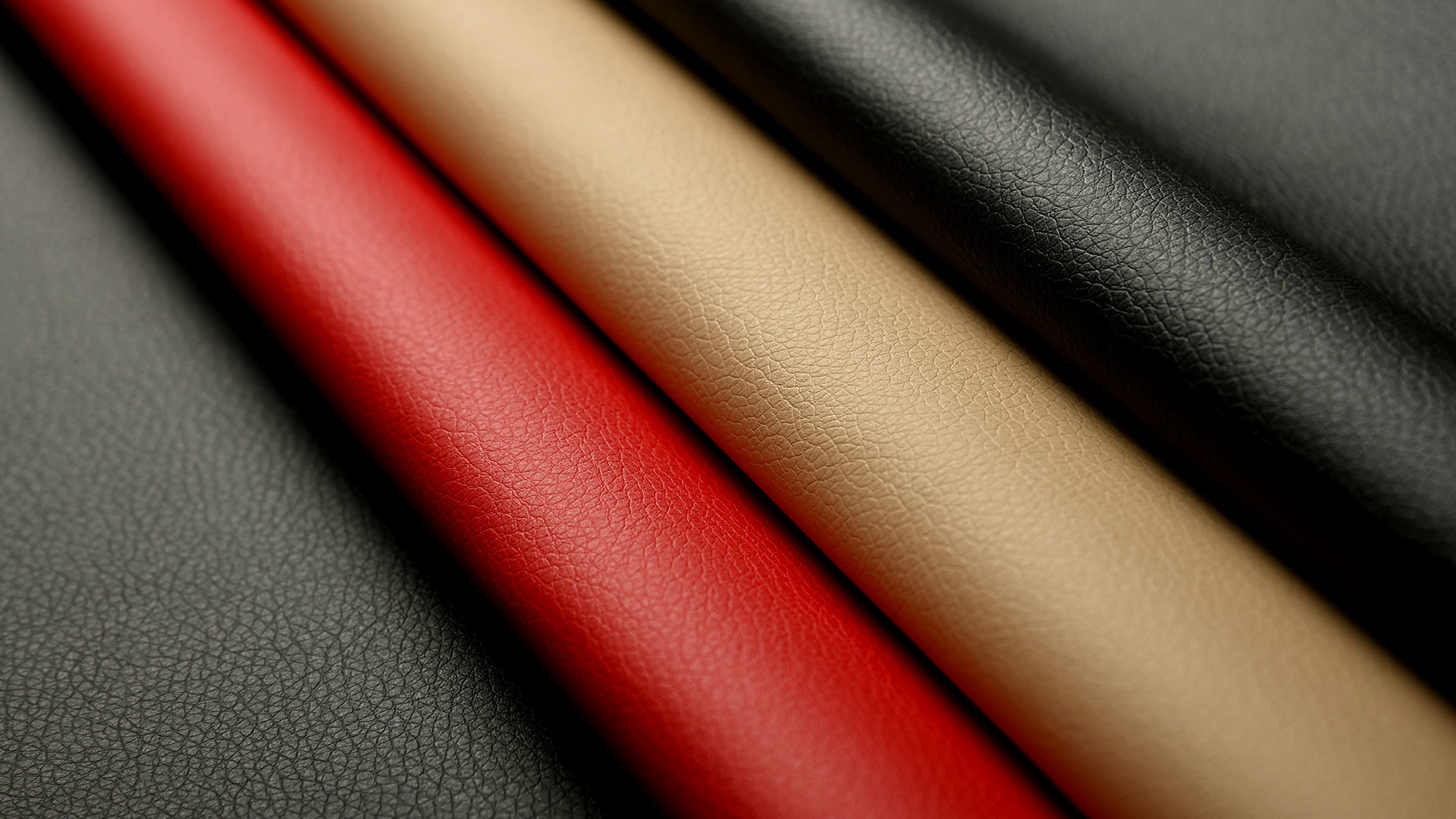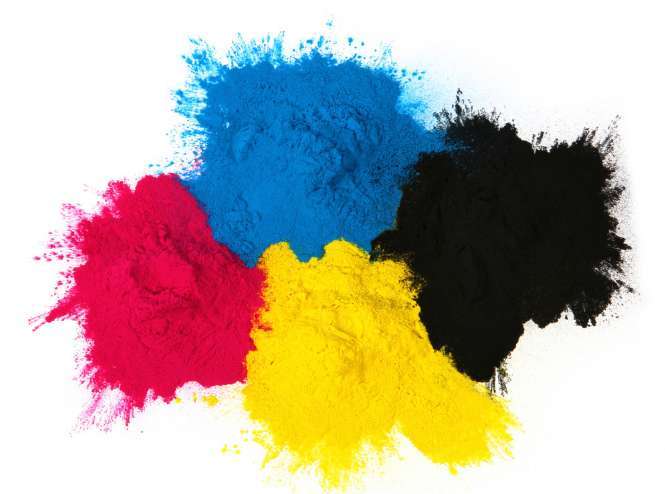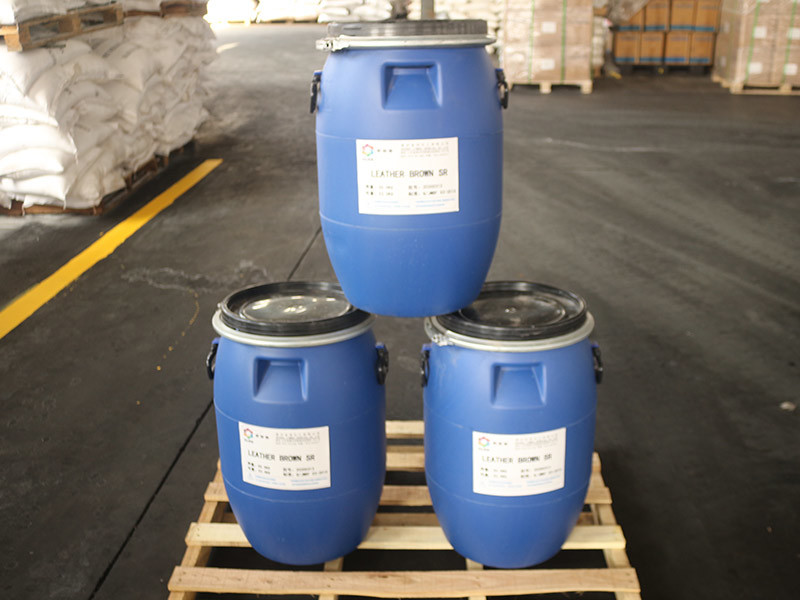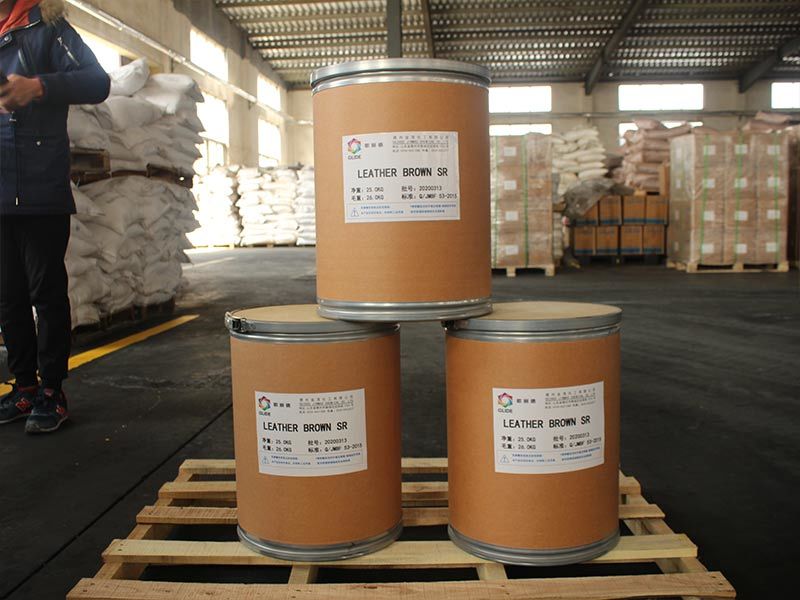Some relevant information about leather dyes?
The development prospects of the leather dye industry are very good, as it brings many benefits to enterprises during use, making it very popular among customers. To help everyone become more familiar with it, we will discuss some related information about leather dyes. We hope this can help more people.
Nowadays, many people are still unaware of some basic information about leather dyes, so as a manufacturer, it is necessary for us to briefly explain. In fact, leather dyes are dyes that have an affinity for leather, used to color leather products. In modern industry, suede occupies a certain proportion. Since suede is not a finished product, its color should be uniform, with rich hues and pure tones. For top-grain leather, re-dyeing and light coating is a trend. Of course, it should be noted that this undoubtedly raises higher requirements for dyeing. Proper use of auxiliaries can help improve the effect, reduce production processes, save dye usage, and lower the chromaticity of dyeing wastewater. Leather dye auxiliaries can be divided into leveling agents, color enhancers, and fixing agents based on their functions. Additionally, due to the differences in leather parts, the physical and chemical processes of dyeing are complex, making it easy to cause uneven coloring of leather. To improve the uniformity of dyeing and the permeability of dyes in leather, leveling agents are often added to achieve uniform dyeing.
The leveling of leather dyes is generally achieved by slowing down the contact between the dye and the leather (i.e., slow dyeing) or transferring the dye from the darker parts of the leather to the lighter parts (i.e., transfer dyeing). There are two main types of leveling agents. One has a strong affinity for collagen fibers. Additionally, it is important to know that it first utilizes its adsorption effect on collagen fibers to delay the absorption of the dye. For example, the dispersant NNO can delay the dyeing rate of anionic dyes. The other type has a certain affinity for dyes, first polymerizing with the dye to delay the interaction between the dye and the leather, such as surface-active agents from the surface and OP series, which belong to polyethylene ether. Of course, it is important to know that the affinity for molecules is significant. This type of leather dye, when added to the dye solution, makes it difficult for the molecules to quickly bond with the collagen fibers of the leather, thereby slowing down the dyeing speed. As our factory's main product, we thank our new and old customers for their strong support. While ensuring the reliability of product quality, we also provide benefits to our customers. If you have any technical questions related to the product, you can come here to consult at any time.
After the introduction of the above content, we have further understood some related information about leather dyes. In the future, when we see it again, we will not feel unfamiliar, and there will not be frequent problems during use. Well, that’s all for today’s content, and I believe there will be more exciting knowledge points to come.

Latest developments






